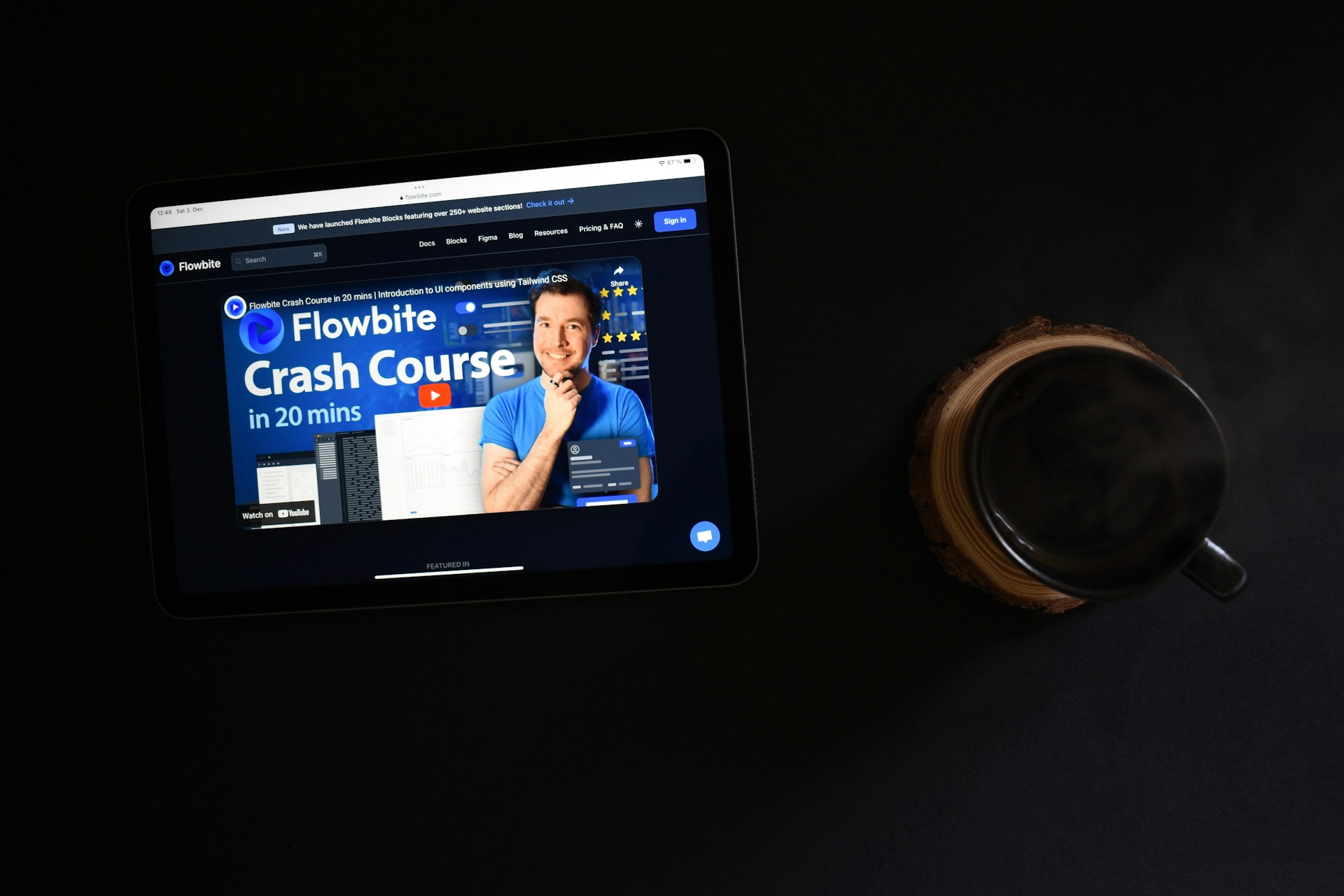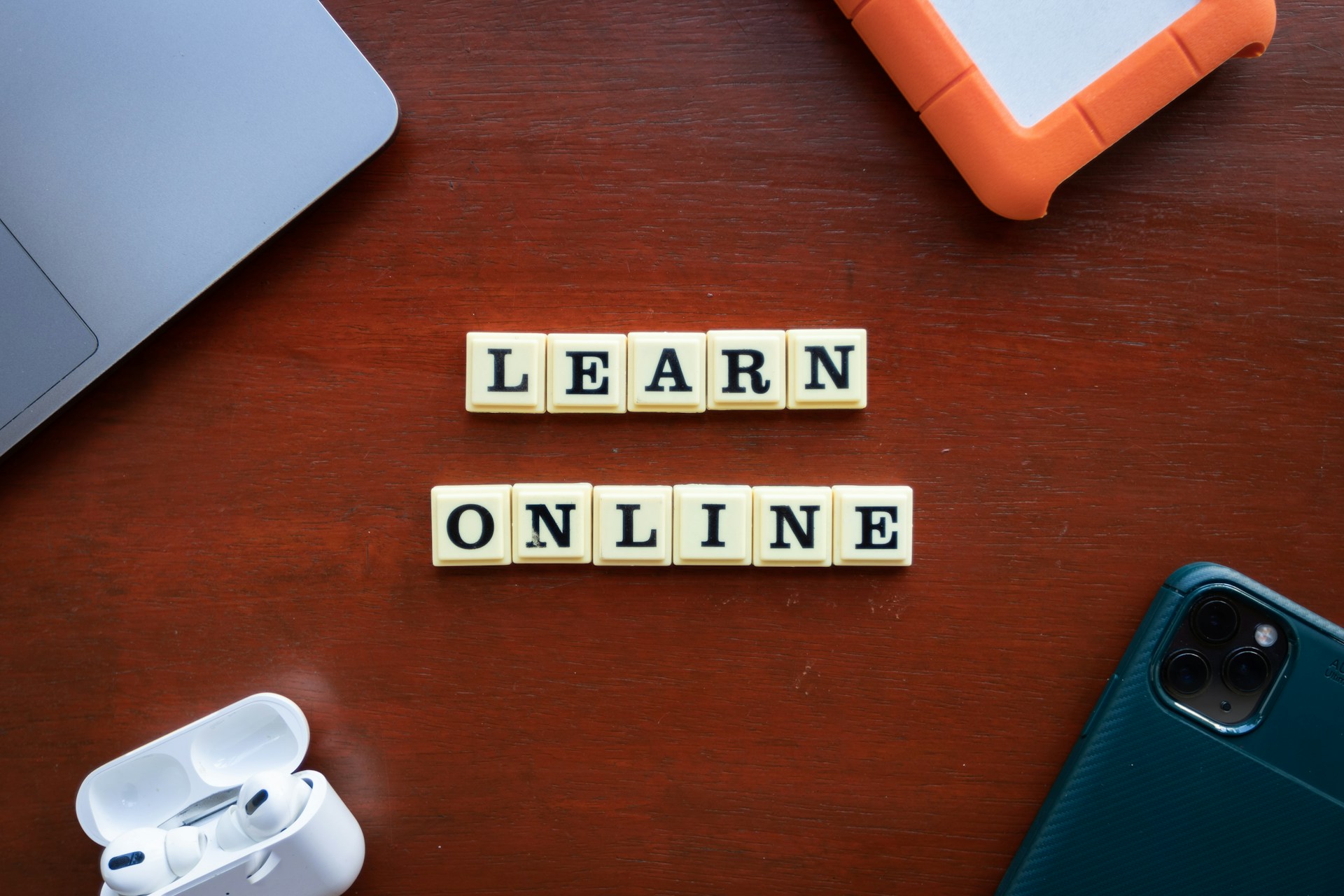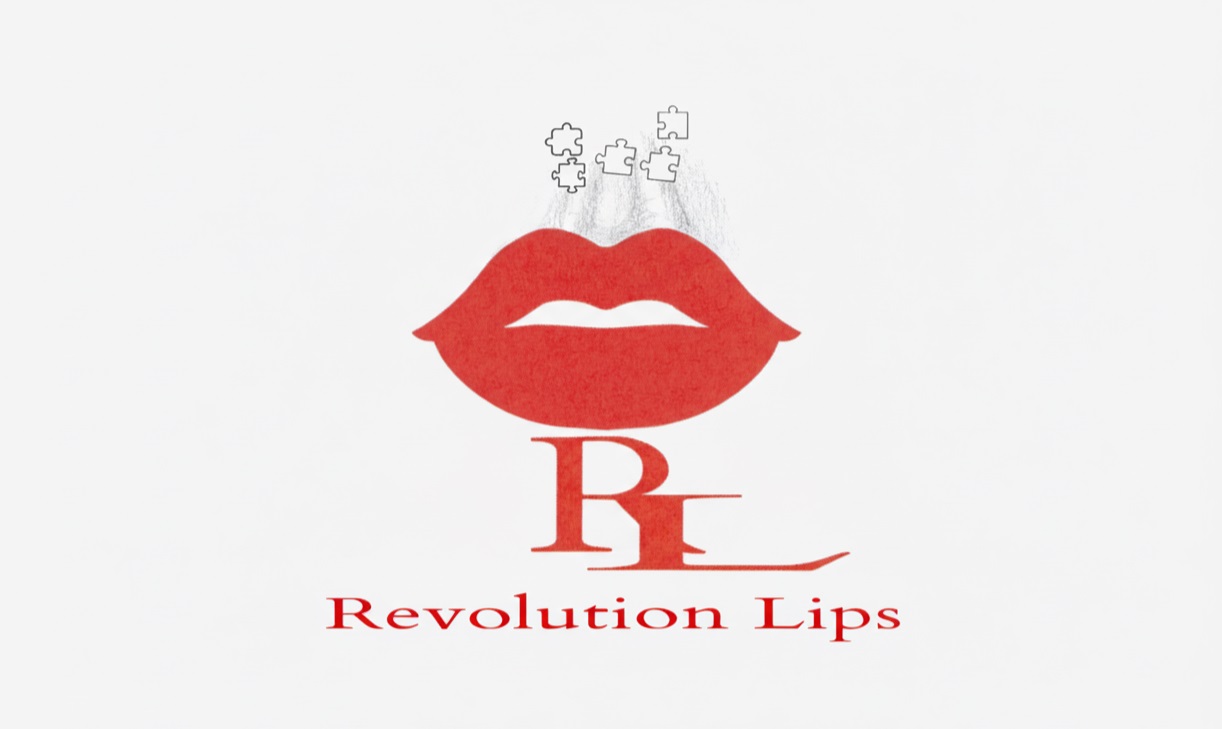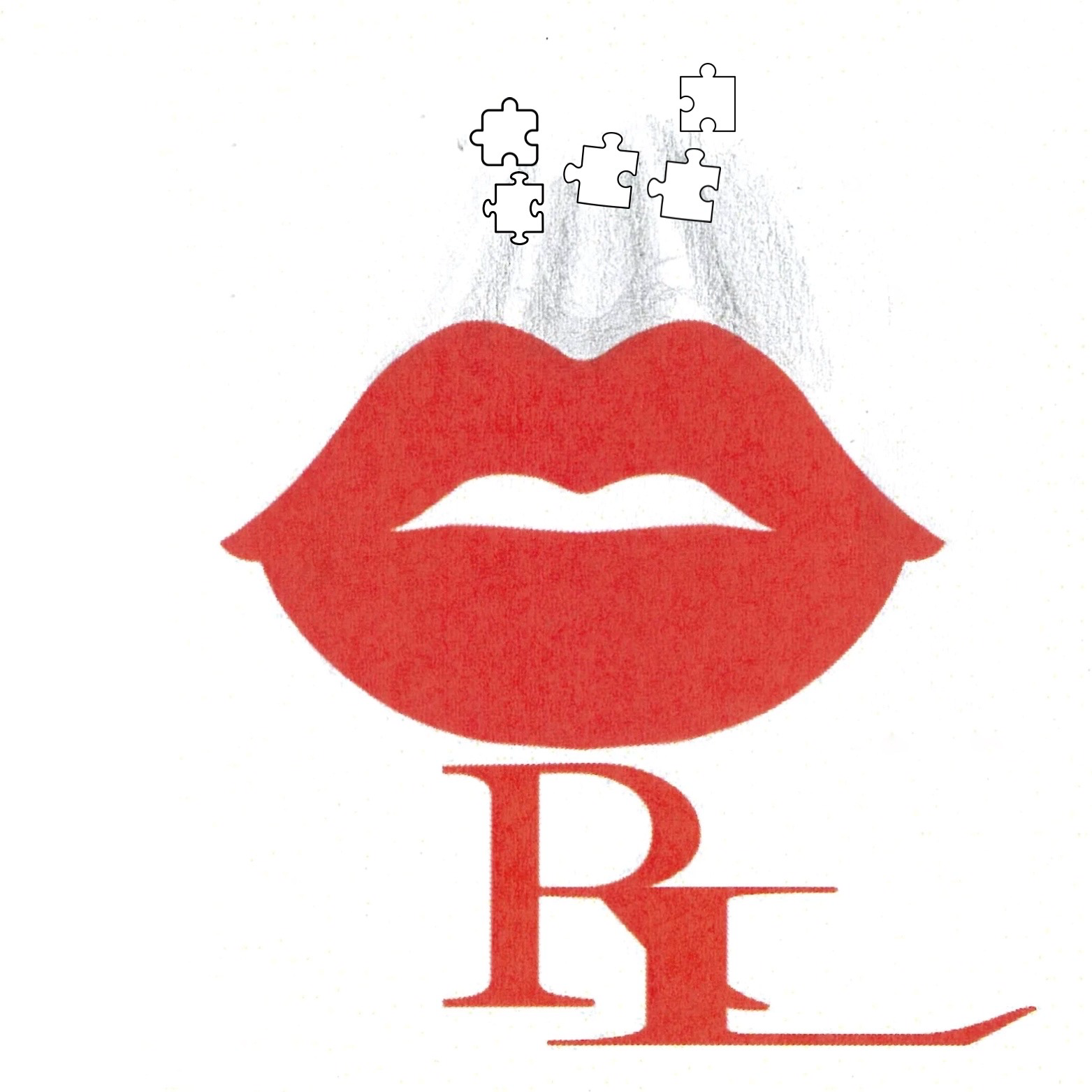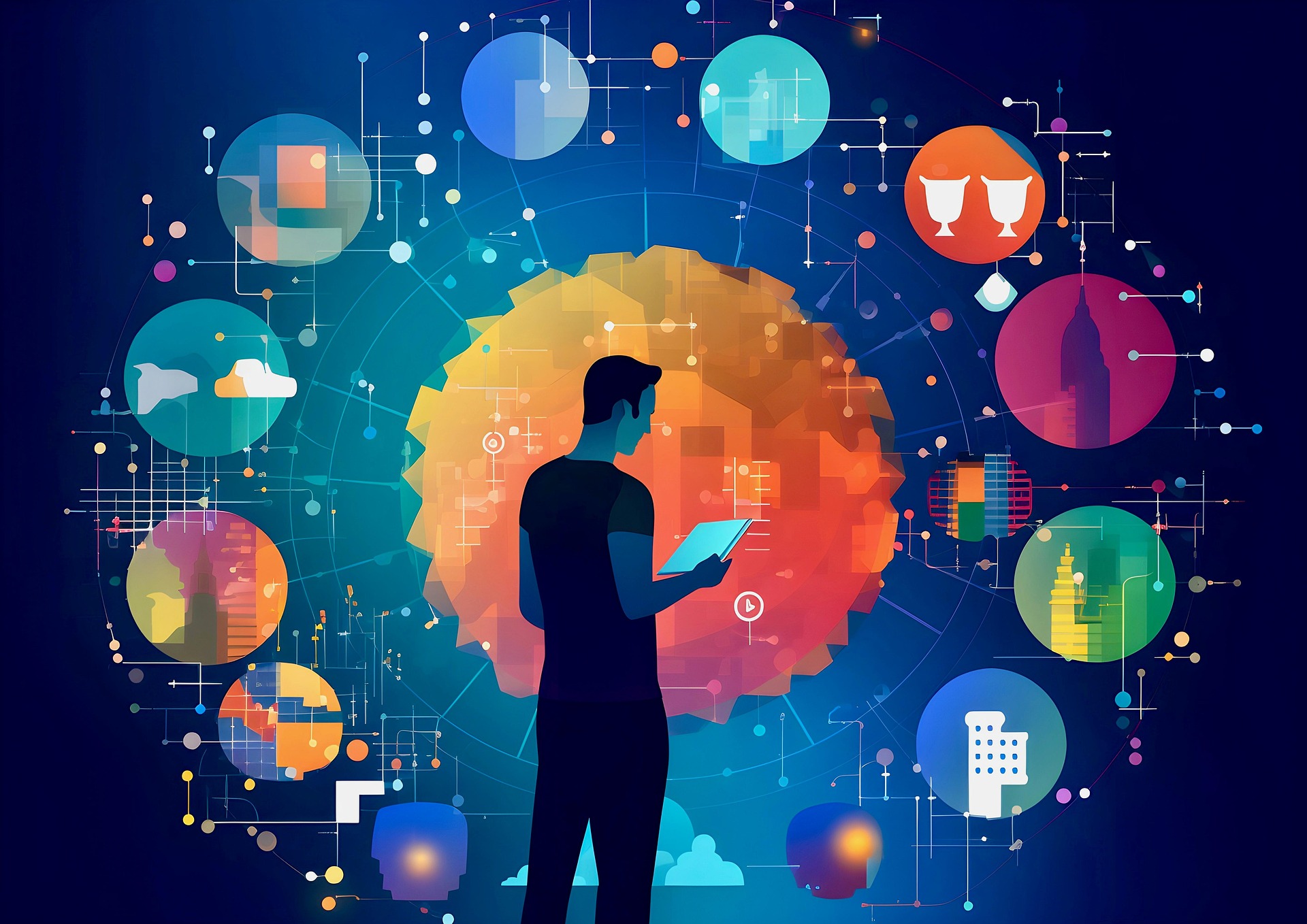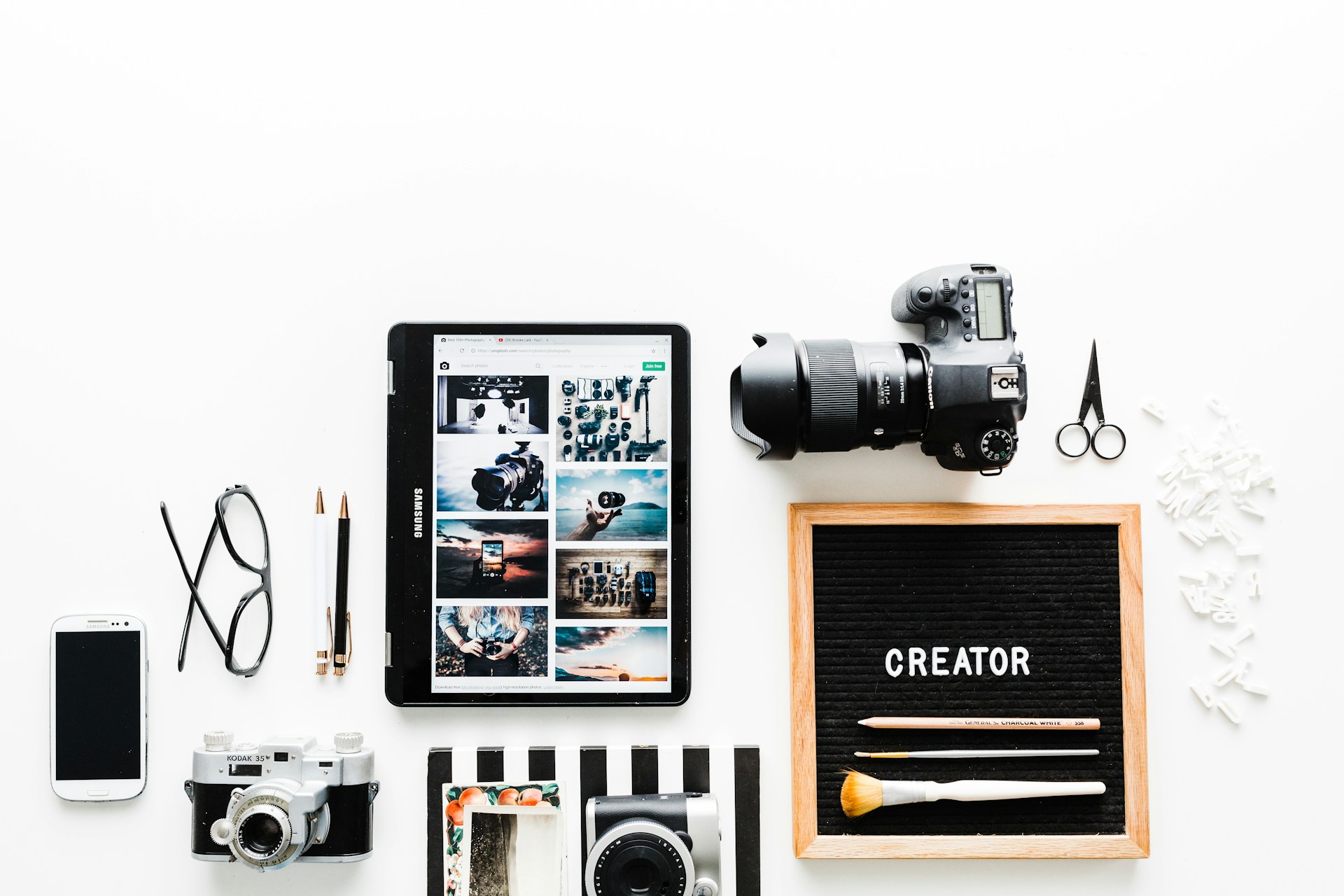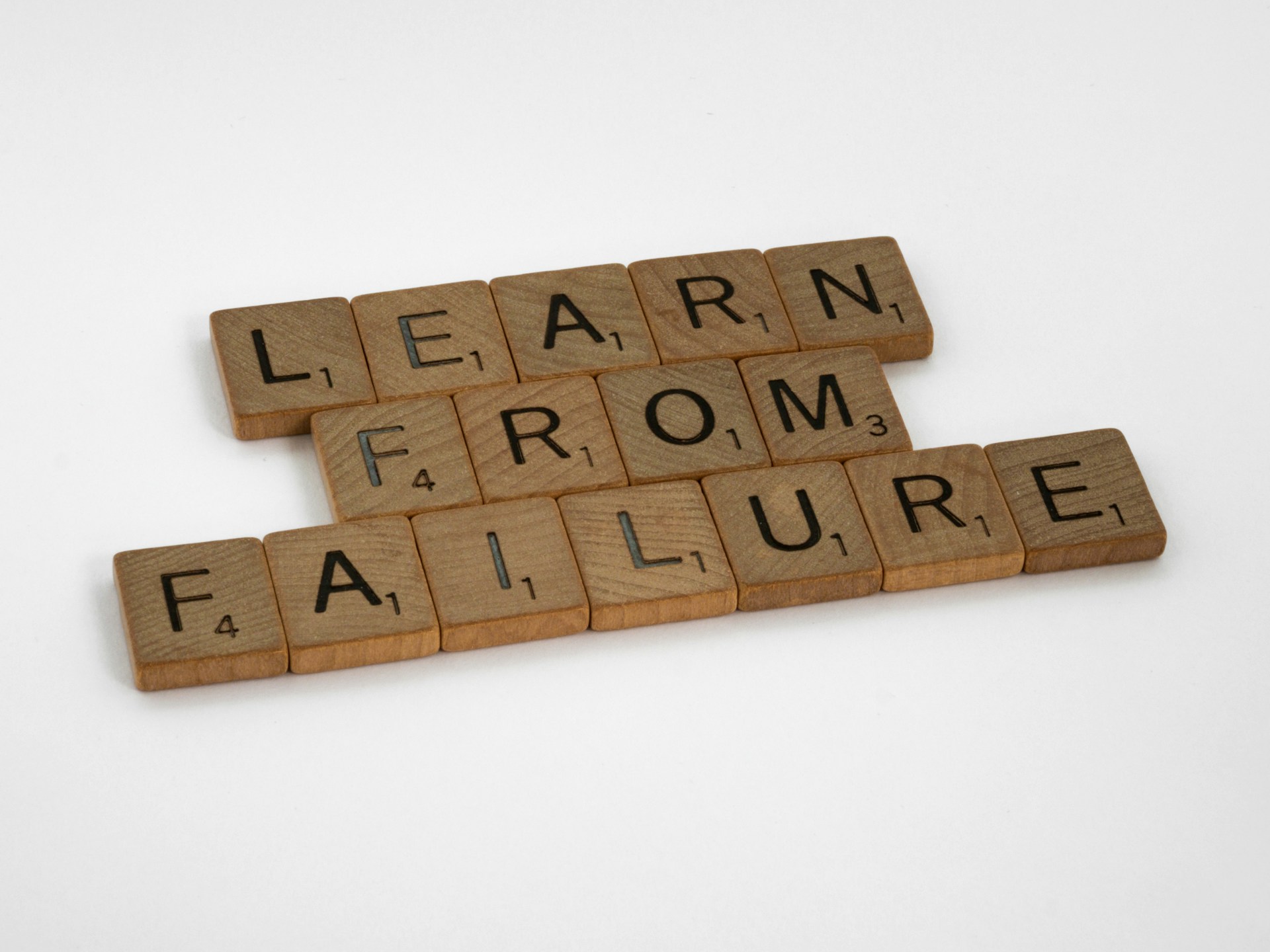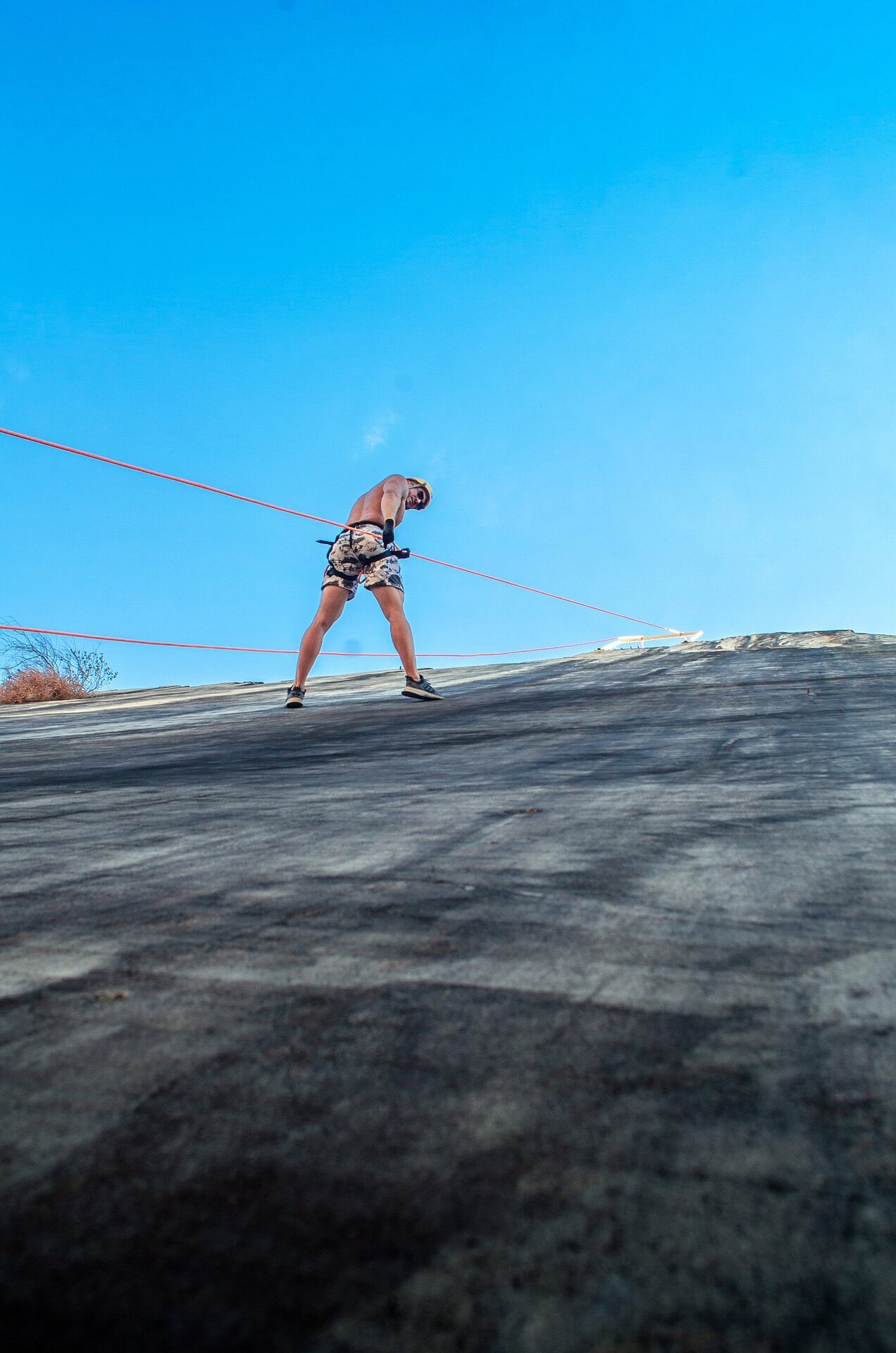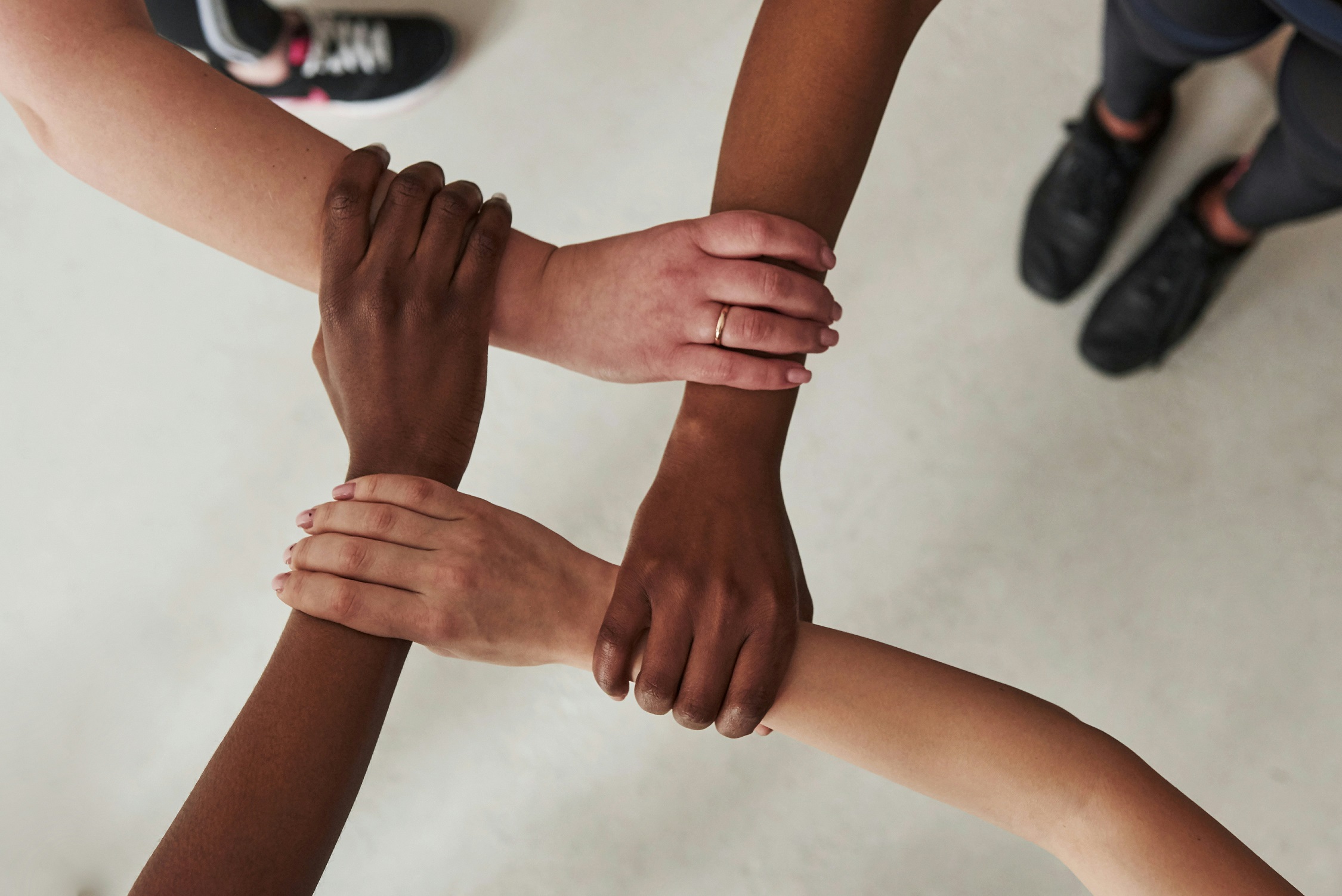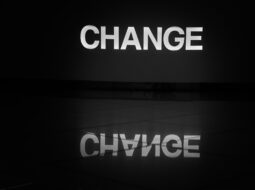✨Blogs✨
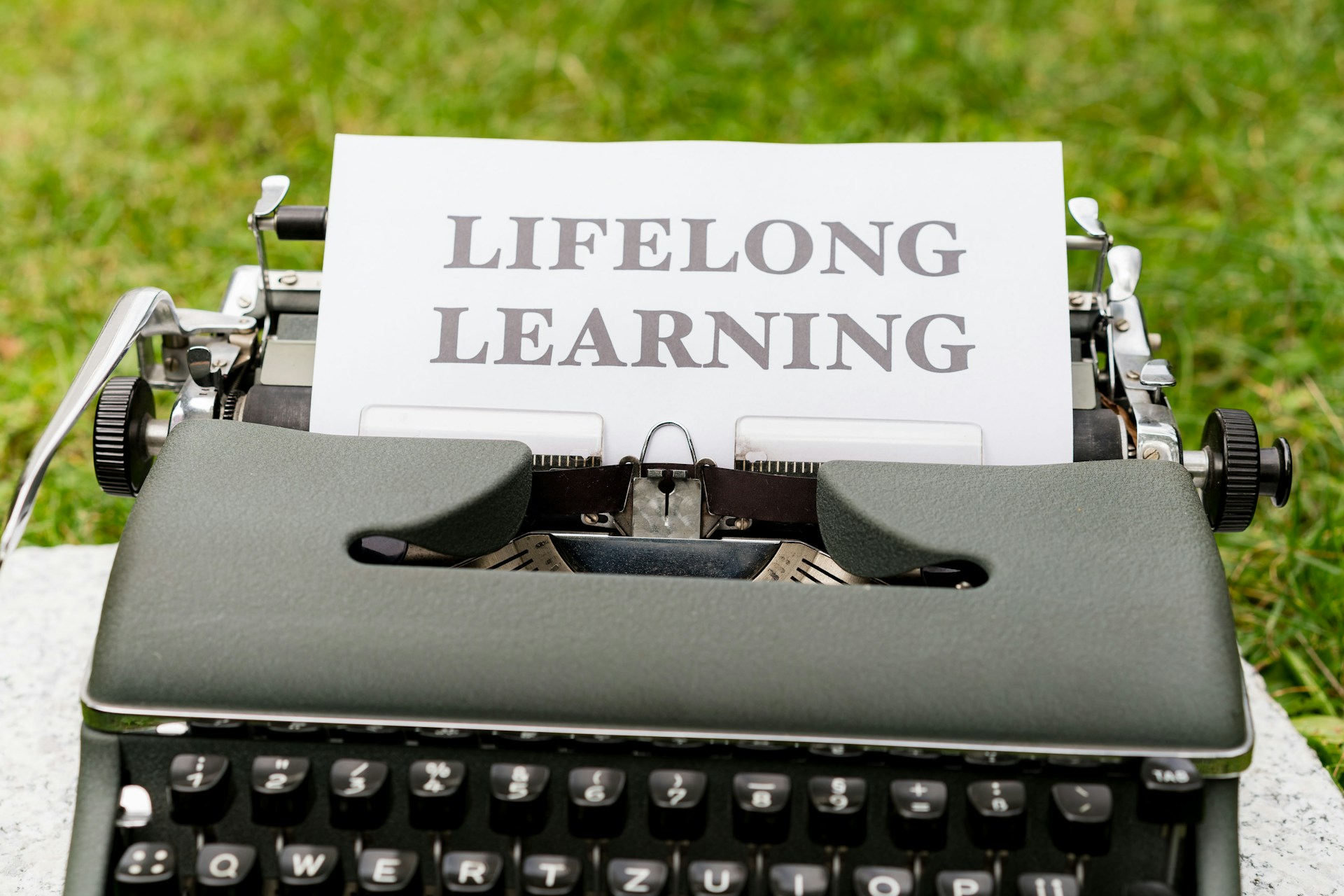
The Value of Lifelong Learning and Digital Skills in Today’s World
In a world that never stops evolving, learning can’t be treated as a one-time milestone....
Read More →

Harnessing digital media for creativity and connection
In the past, creativity was often confined to a select few who had access to publishers, galleries, studios, or other gatekeepers of expression. Today, that barrier has vanished. Thanks to digital media....
Read More →

The Charm and Life Lessons of Pomeranians
There’s something magical about the way a Pomeranian trots into a room tail high, eyes bright, and full of....
Read More →
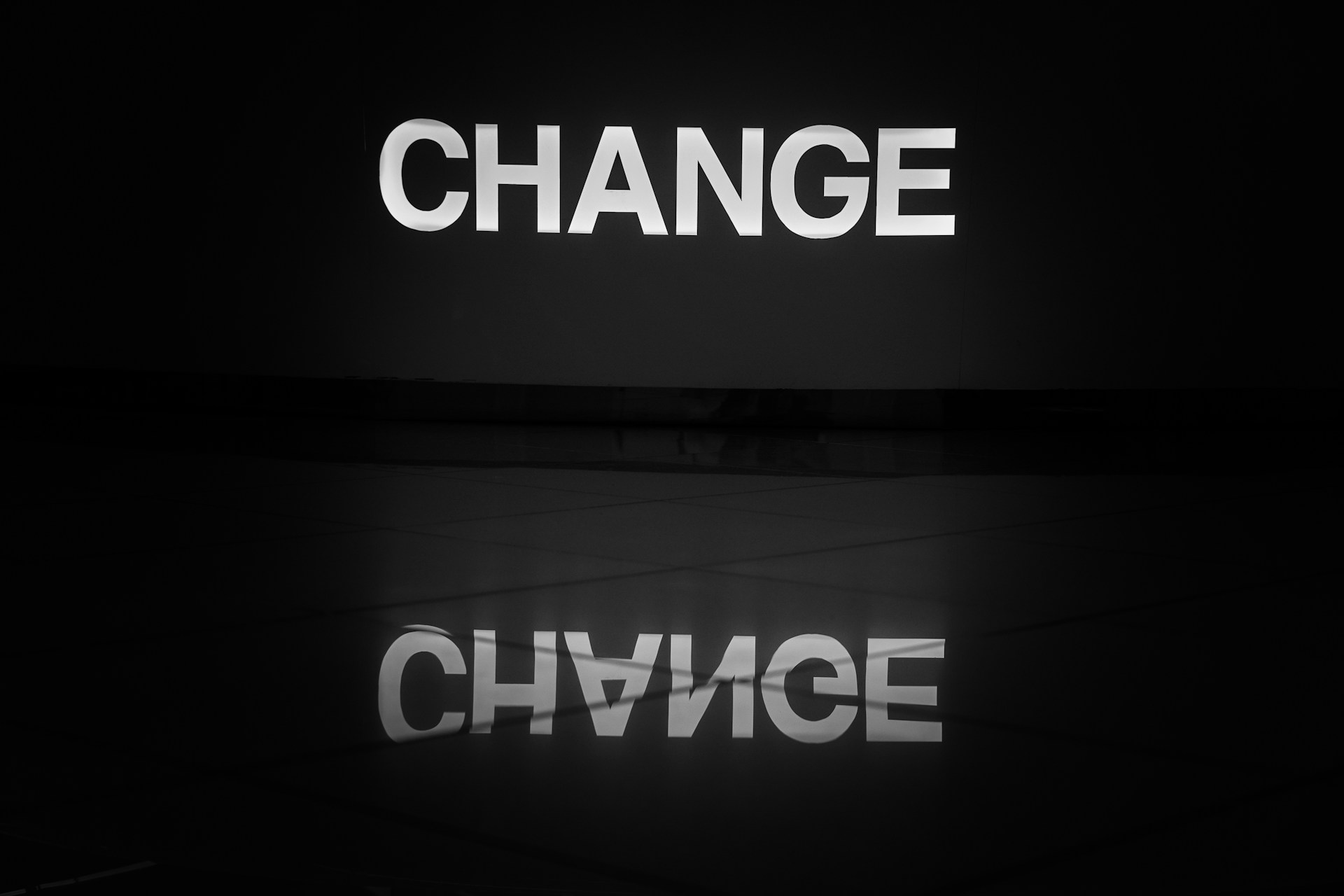
Resilience and Adapting to Change
Change is one of life’s few certainties, yet it often arrives unannounced, bringing both challenges and opportunities. Whether it’s a career shift, a personal transition, or....
Read More →

The Value of Lifelong Learning and Digital Skills in Today’s World
In a world that never stops evolving, learning can’t be treated as a one-time milestone. The pace of technological change, global connectivity, and innovation means that knowledge and skills need constant refreshing. Lifelong learning and digital literacy aren’t just career boosters; they’re essential habits for thriving in the modern era.
Keeping Pace with Rapid Change
The rapid evolution of technology means learning can’t stop at school or university. Lifelong learning ensures people can adapt to new tools, industries, and ways of working.
The world is moving faster than ever before. New apps, systems, and technologies emerge every month, reshaping industries overnight. From automation in factories to AI in creative fields, the only constant is change.
Lifelong learning helps individuals stay relevant and confident amid this transformation. It’s not about constantly chasing every new trend, but about staying flexible, open-minded, and curious enough to evolve when needed.
-
Adapting to new realities: Continuous learning enables professionals to switch careers, explore new industries, or simply stay ahead in their current field.
-
Staying future-ready: As job roles evolve, those who keep learning can pivot smoothly rather than being left behind.
-
Embracing innovation: Instead of fearing change, lifelong learners see it as an opportunity for growth.
In short, lifelong learning isn’t just about keeping up; it’s about staying empowered in an ever-changing world.
Digital Literacy as a Core Skill
From AI tools to online collaboration and cybersecurity basics, digital literacy is now as essential as reading and writing. These skills shape both professional and everyday life.
Digital literacy has become the foundation of modern life. It’s the skill that connects education, work, and daily interactions. Whether you’re managing a business, joining a virtual meeting, or protecting your personal data online, understanding the digital world is no longer optional; it’s fundamental.
True digital literacy goes beyond just knowing how to use technology. It’s about using it wisely, responsibly, and creatively.
-
AI and automation: Understanding how to use AI tools can enhance productivity and open new opportunities for innovation.
-
Online collaboration: With remote and hybrid work on the rise, teamwork often happens across borders and time zones. Digital communication skills are essential.
- Cyber awareness: Knowing the basics of data protection and privacy ensures that technology empowers rather than endangers.
Digital literacy is the new literacy shaping not just how we work, but how we live and connect with others every day.
Confidence Through Continuous Growth
Investing in lifelong learning builds confidence and adaptability. It helps people not only keep up with change but also embrace new opportunities with resilience.
Confidence doesn’t come from knowing everything; it comes from knowing you can learn anything. When you commit to lifelong learning, you build a mindset of adaptability and self-belief.
Every new skill mastered or challenge overcome reinforces that inner confidence. You begin to see yourself not as someone at risk of being replaced by change, but as someone capable of navigating it with ease.
-
Resilience through growth: Each learning experience becomes a reminder that change is manageable, not intimidating.
-
Personal empowerment: Staying curious builds self-esteem and encourages you to take on new challenges without hesitation.
-
Career flexibility: When you’re confident in your ability to learn, you can pivot into new roles or industries with greater ease.
Continuous learning isn’t just about professional success; it’s about personal fulfilment and lifelong curiosity.
Inclusive Access to Learning Platforms
Accessible and supportive digital learning platforms lower barriers to entry. They make it possible for anyone, regardless of background or resources, to develop the skills needed in a digital world. Not just a privileged few.
The beauty of today’s digital era is that learning has never been more accessible. Online platforms, mobile learning apps, and open educational resources have turned the world into a global classroom.
No longer limited by geography or cost, anyone with an internet connection can learn a new language, code, or skill at their own pace. This inclusivity is reshaping education and empowering individuals who were previously excluded from traditional systems.
-
Affordability and access: Many world-class courses are offered at no cost or at a low price, thereby removing financial barriers to education.
-
Flexibility: Learners can study at any time and from anywhere, making it ideal for working adults or those balancing family responsibilities.
-
Global community: Digital platforms connect learners from diverse backgrounds, encouraging collaboration and shared understanding.
When education becomes inclusive, it creates a ripple effect that fosters greater innovation, more opportunities, and a more equitable world.
So, the real question is: what will you choose to learn today?

Harnessing Digital Media for Creativity and Connection
In the past, creativity was often confined to a select few who had access to publishers, galleries, studios, or other gatekeepers of expression. Today, that barrier has vanished. Thanks to digital media, the tools for creation and connection are in everyone’s hands.
From YouTube to TikTok, podcasts to blogs, virtual art galleries to collaborative writing platforms, the digital world has reshaped how we tell stories, share ideas, and build communities. It’s no longer about who you know; it’s about what you create and how authentically you share it.
Let’s explore how digital media has unlocked creativity, connection, and inclusion on a global scale.
Digital Tools for Self-Expression
Digital media provides new tools for self-expression, letting people experiment with creative formats, writing, video, art, or sound, without needing traditional gatekeepers.
Not long ago, creative expression required permission. Writers needed publishers. Musicians relied on record labels. Filmmakers needed funding and distribution channels. Artists had to find gallery representation.
Today, digital platforms have rewritten that story. With just a smartphone and an internet connection, anyone can write, record, film, design, or share their ideas with the world.
This democratisation of creativity is nothing short of revolutionary.
-
Accessible tools: From free design software like Canva to editing tools like CapCut and DaVinci Resolve, creative expression is no longer limited by budget or background.
-
Direct publishing: Platforms like Medium, Substack, and YouTube enable creators to share their work directly with their audiences, eliminating the need for approval.
-
Experimentation: The digital space encourages creative risk-taking. You can test ideas, receive instant feedback, and evolve your work in real-time.
The digital landscape empowers creators to explore different media, such as video essays, digital art, podcasts, blogs, or interactive storytelling, all while building authentic personal brands.
Most importantly, it allows creativity to thrive outside of perfection. You don’t need to be “professional” to create something meaningful. You need the courage to start.
Community & Connection
Digital media creates unexpected communities, connecting like-minded people who may never meet otherwise.
One of the most beautiful aspects of digital media is its ability to connect people through shared passions. Across borders and time zones, individuals come together around interests that might once have felt isolating.
A writer in Bangladesh can collaborate with a musician in Brazil. A climate activist in Kenya can join forces with a designer in France. A fan community can build entire friendships around a shared love of books, movies, or games.
Digital media doesn’t just create audiences, it builds communities.
-
Shared creativity: Online groups and platforms, such as Discord, Reddit, and creative Facebook groups, foster collaboration and the exchange of ideas.
-
Support systems: Creators lift each other through advice, feedback, and encouragement, replacing competition with cooperation.
- Meaningful belonging: For many, digital communities become spaces of belonging and identity, especially for those who may feel disconnected in their offline environments.
Connection has become one of the greatest gifts of the digital age. The creative process is no longer solitary; it’s collective, dynamic, and deeply human.
When people find others who understand their ideas, their art grows, and so does their confidence.
Innovation & New Art Forms:
Online spaces often spark new art forms and storytelling styles that couldn’t exist without digital technology.
Digital media hasn’t just changed how we create; it has transformed what we make. Entirely new art forms and genres have emerged from the possibilities of online space.
Think of YouTube vlogs evolving into cinematic short films, TikTok dances influencing mainstream choreography, or digital artists turning NFTs into new economic models of creativity. Interactive fiction, virtual reality art, and AI-assisted music all blur the line between art, technology, and audience.
-
Storytelling: Such as Instagram Stories, podcasts, or interactive web comics, allows stories to unfold in non-linear, immersive ways.
- Blending disciplines: Creators often mix writing, sound, animation, and coding, creating hybrid art that didn’t exist before.
- Audience participation: Digital tools allow audiences to engage, remix, or co-create, turning art into an evolving dialogue.
Innovation thrives online because there’s freedom to experiment. There’s no strict “right way” to tell a story, just endless ways to explore.
Perhaps the most exciting part? These new forms of creativity are accessible to anyone curious enough to try. Technology doesn’t replace imagination; it amplifies it.
Inclusion & Amplification of Voices:
Digital media gives marginalised voices a platform, allowing stories and perspectives that might otherwise be overlooked to reach wider audiences.
Before the advent of digital media, many voices were excluded from mainstream representation, silenced by cultural barriers, economic limitations, or systemic bias. However, online spaces have now become powerful amplifiers for those who were once unheard.
From Indigenous activists documenting climate change in their communities, to women entrepreneurs sharing startup journeys, to artists challenging stereotypes, digital media has opened doors to global audiences who are ready to listen.
-
Breaking barriers: Social platforms allow anyone to share their story, regardless of geography, income, or background.
-
Representation matters: When people see creators who reflect their own experiences, it inspires confidence and a sense of belonging.
- Cultural preservation: Many creators utilize digital tools to document languages, traditions, and stories that are at risk of being lost.
This inclusivity transforms the global conversation. It’s not just about visibility, it’s about agency. People can tell their own stories, in their own voices, on their own terms.
However, inclusivity also comes with its share of responsibility. Digital platforms must ensure fair algorithms, protect creators from harassment, and promote accessibility and inclusivity. Accurate amplification happens when every voice not only has a platform but is also heard with respect.
Bringing It All Together: Creativity, Connection, and Empowerment
At its best, digital media is a powerful equaliser, a canvas where anyone can paint their story, a microphone where every voice can be heard, and a bridge that connects hearts across continents.
Creativity has always been part of being human. What’s changed is the medium. Today, the stage is no longer limited to galleries or studios; it’s global. The audience isn’t defined by geography; it’s anyone willing to listen, watch, or engage.
But with this power comes a new kind of responsibility:
-
To use technology mindfully, ensuring it uplifts rather than overwhelms.
- To celebrate originality, not just virality.
- To collaborate rather than compete, turning creativity into a shared journey.
When we harness digital media thoughtfully, we unlock something extraordinary: a more connected, creative, and compassionate world.
A Digital Renaissance
We’re living through a new kind of renaissance, one where art, technology, and humanity intersect. Digital media has given us tools, communities, and platforms to express what it means to be alive in this era.
Whether it’s a teenager filming short stories on their phone, a collective of activists documenting social change, or a digital artist building entire worlds in virtual reality, creativity has never been more alive or accessible.
This is more than a technological shift; it’s a cultural awakening.
So, keep creating. Keep connecting. Use the tools at your fingertips not just to consume but to contribute.
Because in this digital age, every click, every post, every creation adds a new voice to the global story we’re writing together.
And that’s the true power of harnessing digital media; it also turns creativity into connection, and connection into change.
What’s the one digital skill you’ll practice this week that future-you will thank you for?

The Charm and Life Lessons of Pomeranians
There’s something magical about the way a Pomeranian trots into a room tail high, eyes bright, and full of confidence that could rival a lion’s. Despite their tiny size, these fluffy companions bring boundless joy, humour, and love to the people lucky enough to share their lives with them.
Beyond their adorable looks, Pomeranians remind us of some of life’s most meaningful lessons, from finding joy in little things to showing endless loyalty. Let’s explore the delightful world of these small yet mighty dogs.
Joy in the Small Things
Pomeranians, with their playful energy and affectionate nature, remind us to embrace life’s simple pleasures and moments of fun.
One of the first things you notice about a Pomeranian is its zest for life. Whether they’re chasing a toy twice their size, spinning in circles with excitement, or snuggling into your lap, they live every moment with unfiltered enthusiasm.
It’s a refreshing reminder that joy doesn’t have to come from grand gestures; it’s often hidden in small, everyday moments. A short walk in the park, a shared treat, or even a quick belly rub can make their day and yours, too.
Big Personalities in Tiny Packages
From their quirky habits to their loyalty and sass, Pomeranians often surprise people with how much personality they carry in such a small frame.
Don’t be fooled by their size. Pomeranians may be small, but they carry huge personalities. They’re confident, curious, and sometimes hilariously dramatic. One minute, they’re showing off their “big dog” bark to defend their home, and the next, they’re curling up for a cozy nap like royalty.
They’re fiercely loyal and protective, forming deep bonds with their families. Each Pomeranian has a unique personality; some are mischievous comedians, others are calm observers, and some are natural-born leaders.
Their expressive faces and animated behaviour make every day an entertaining experience. Living with a Pomeranian means never having a dull moment. They turn ordinary days into little adventures.
Caring for Pomeranians
Proper grooming, regular exercise, and attention to their health needs are essential to keeping these little companions happy and thriving.
Behind the fluff and fun, Pomeranians require consistent care and attention. Their luxurious double coats need regular grooming to prevent tangles and keep them comfortable. Brushing a few times a week not only maintains their coat but also strengthens your bond with them.
They may be small, but Pomeranians are active and intelligent. They thrive on daily walks, playtime, and mental stimulation. Puzzle toys, short training sessions, and gentle agility games are great ways to keep their minds sharp.
Health-wise, regular vet visits, dental care, and a balanced diet are essential. Like all breeds, they have specific needs, but with proper attention and love, they can live long, joyful lives often well into their mid-teens.
The Value of Adoption
Many Pomeranians need stable homes. Adopting rather than buying gives these dogs a second chance at love and security.
Behind every wagging tail, there’s a story, and not all of them start happily. Many Pomeranians end up in shelters or rescues through no fault of their own: changes in family circumstances, neglect, or abandonment.
Choosing adoption doesn’t just save a life; it transforms two. You give a deserving dog a second chance, and in return, you gain an endless source of love and gratitude.
Life Lessons from Pomeranians
These tiny companions teach resilience, unconditional love, and how to find joy in everyday routines.
Beyond their fluff and charm, Pomeranians are teachers in disguise. They show us how to face the world with confidence, no matter our size. They remind us that loyalty doesn’t need words, and love doesn’t depend on perfection.
Their resilience from bouncing back after a bad haircut to greeting each day with excitement is something we can all learn from. They live fully in the present, embracing every treat, every cuddle, and every adventure as if it were the best one yet.
Pomeranians remind us that happiness often comes from routine, he comfort of daily walks, familiar faces, and simple joys. In their world, love is constant, and gratitude is shown through a wagging tail.
Tiny Dogs, Tremendous Hearts
In a world filled with noise and busyness, Pomeranians bring a special kind of light. Their playful nature, big hearts, and unwavering loyalty remind us of the beauty in small moments and the strength in small souls.
They may only weigh a few pounds, but the love they give is immeasurable. Whether you already share your life with one or are considering adoption, Pomeranians have a way of making ordinary days extraordinary.
They teach us that joy doesn’t depend on size — it depends on heart.
If a Pomeranian narrated your day, which moment would they bark about most—and why?

Resilience and Adapting to Change
Change is one of life’s few certainties, yet it often arrives unannounced, bringing both challenges and opportunities. Whether it’s a career shift, a personal transition, or global uncertainty, our ability to adapt defines not only how we cope but also how we grow.
Resilience isn’t about never struggling; it’s about learning to move forward even when things feel uncertain. It’s a mindset, a skill, and often, a quiet strength that builds over time.
Here’s how small habits, mindset shifts, and community can help us navigate change with confidence and calm.
Building Habits, Not Just Reactions
Change is constant, and resilience is about developing steady habits and coping strategies rather than only reacting when challenges arrive.
Many people think resilience is about “bouncing back,” but in reality, it’s more about “building forward.” True resilience comes from consistent habits that strengthen us before we even face adversity.
-
Daily grounding routines: Simple habits like journaling, exercise, or mindfulness help regulate stress and build emotional steadiness.
-
Adaptability as practice: Trying new things, learning new skills, or setting small goals trains the mind to stay flexible.
-
Proactive self-care: Prioritising rest, healthy boundaries, and mental wellness enables us to handle challenges with clarity rather than chaos.
When resilience becomes part of our everyday rhythm, we’re not just reacting to change; we’re ready for it.
Mindset Shifts That Make a Difference
Small changes in perspective, choosing curiosity over fear, or progress over perfection, make adapting to change easier and less overwhelming.
The mind is powerful, sometimes more than we realise. When we shift our perspective on change, everything else begins to move as well.
Choosing curiosity over fear opens space for learning. Instead of asking “Why is this happening to me?”, try asking “What can I learn from this?” That small reframe can turn anxiety into growth.
Similarly, choosing progress over perfection takes pressure off. Adapting doesn’t mean getting everything right; it means taking one step at a time, adjusting, and moving forward.
Mindset shifts like these don’t erase challenges, but they make them more manageable. They help transform change from something to resist into something to engage with thoughtfully, and with compassion for ourselves.
Turning Setbacks into Growth
Everyone encounters difficulties. Resilience is the skill that transforms setbacks into opportunities for learning and growth.
Setbacks are part of every story. Jobs are lost, plans change, relationships evolve, but resilience is what determines whether those moments break us or build us.
Growth often hides behind discomfort. Every setback offers a lesson: a clearer sense of direction, a better understanding of limits, or a reminder of strength we didn’t know we had.
-
Reflect before reacting: Taking time to pause and reflect allows emotions to settle and insight to emerge.
-
Focus on what’s in your control: Shifting attention to what can be changed rather than what can’t keeps momentum going.
-
Embrace the long view: What feels like a detour now often turns out to be a path toward something better.
When we learn from challenges instead of resenting them, resilience transforms from survival into empowerment.
The Power of Support Networks
True resilience isn’t built in isolation. Supportive communities, friendships, and connections help people face change with greater strength and confidence.
Even the strongest individuals need support. Resilience grows in connection with knowing we don’t have to face change alone.
Sharing our struggles and listening to others’ experiences reminds us that uncertainty is a shared human experience. Whether it’s family, friends, colleagues, or online communities, connection gives us perspective, encouragement, and hope.
-
Communities of care: Support networks provide not only emotional relief but also practical advice and inspiration.
-
Mutual strength: Helping others through their challenges strengthens our own ability to cope with challenges.
-
Safe spaces: When we feel seen and supported, our confidence in handling life’s transitions multiplies.
Resilience doesn’t mean independence; it implies interdependence. When we lift each other, everyone grows stronger.
Growing Through Change
Resilience isn’t about avoiding hardship or pretending to be unshakable. It’s about learning to adapt, recover, and keep moving forward with grace.
Through steady habits, open mindsets, and the power of community, we discover that change doesn’t have to be something we fear; it can be something we grow through.
Ultimately, resilience isn’t a destination; it’s a lifelong practice. It’s built quietly, through small choices made every day to stay curious, to keep learning, and to believe that even after change, we can emerge wiser, stronger, and more whole than before.
Because change may be constant, but so is our capacity to rise with it.
What small step will you take today that future-you will recognise as the moment you turned toward progress?



